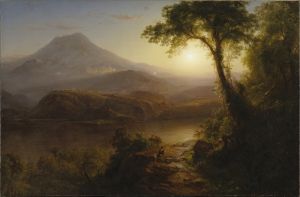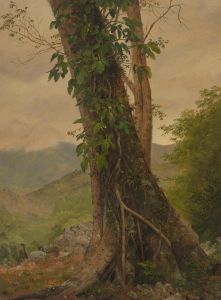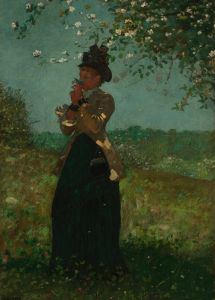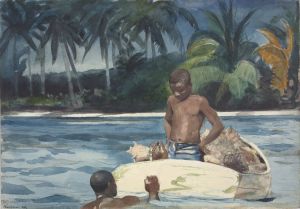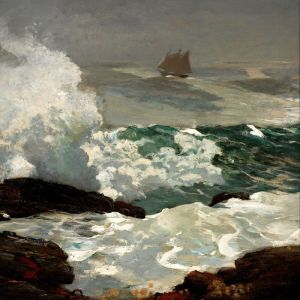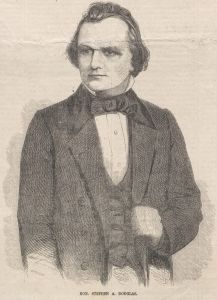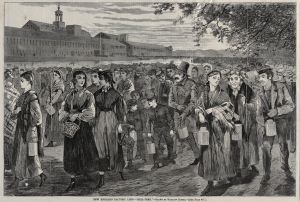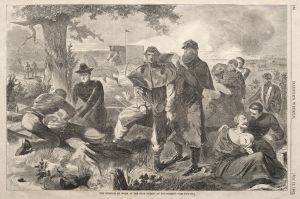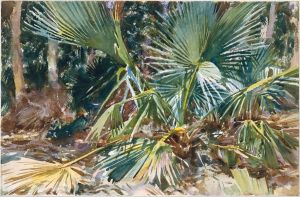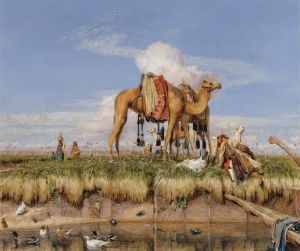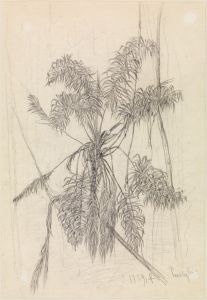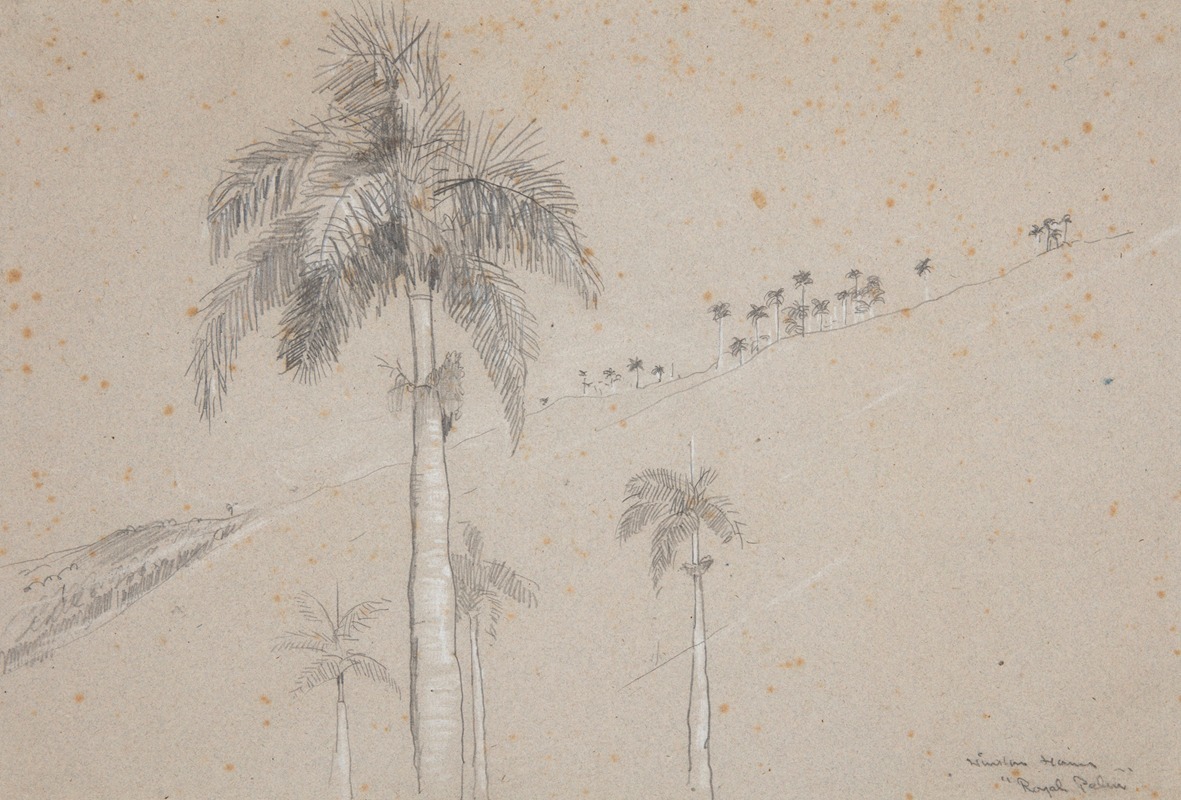
Royal Palm, Cuba
A hand-painted replica of Winslow Homer’s masterpiece Royal Palm, Cuba, meticulously crafted by professional artists to capture the true essence of the original. Each piece is created with museum-quality canvas and rare mineral pigments, carefully painted by experienced artists with delicate brushstrokes and rich, layered colors to perfectly recreate the texture of the original artwork. Unlike machine-printed reproductions, this hand-painted version brings the painting to life, infused with the artist’s emotions and skill in every stroke. Whether for personal collection or home decoration, it instantly elevates the artistic atmosphere of any space.
Winslow Homer, one of the most prominent American painters of the 19th century, is known for his evocative depictions of landscapes, seascapes, and scenes of everyday life. Among his works is the painting titled Royal Palm, Cuba. This artwork was created during Homer’s travels to the Caribbean in the late 19th century, a period when he explored tropical landscapes and their unique light and atmosphere.
Royal Palm, Cuba is an oil painting that showcases Homer’s mastery of capturing natural environments. The painting features a towering royal palm tree, a species native to Cuba and the Caribbean, set against a backdrop of lush greenery and a bright, sunlit sky. The composition highlights Homer’s ability to convey the grandeur and tranquility of the tropical landscape, emphasizing the interplay of light and shadow. The royal palm, often considered a symbol of Cuba, serves as the focal point of the painting, reflecting Homer’s interest in the distinctive flora of the region.
Homer’s visit to Cuba occurred in 1885, following a trip to the Bahamas. This period marked a shift in his artistic focus, as he began to explore themes of isolation, resilience, and the relationship between humans and nature. While in Cuba, Homer was inspired by the island’s vibrant landscapes and unique cultural elements, which influenced several of his works. Royal Palm, Cuba is one of the paintings that emerged from this journey, capturing the essence of the Cuban environment through Homer’s distinctive style.
The painting is characterized by Homer’s use of bold brushstrokes and a vivid color palette, which bring the scene to life. His attention to detail in rendering the textures of the palm tree and the surrounding vegetation demonstrates his keen observational skills. At the same time, the simplicity of the composition allows viewers to focus on the natural beauty of the scene.
Today, Royal Palm, Cuba is recognized as an important example of Homer’s exploration of tropical landscapes. It reflects his ability to adapt his artistic techniques to new environments and subjects, contributing to his reputation as one of America’s greatest painters. The painting is held in the collection of the Metropolitan Museum of Art in New York City, where it continues to be appreciated by art enthusiasts and scholars alike.
This work is a testament to Homer’s enduring fascination with nature and his ability to capture its essence in a way that resonates with viewers across generations.





